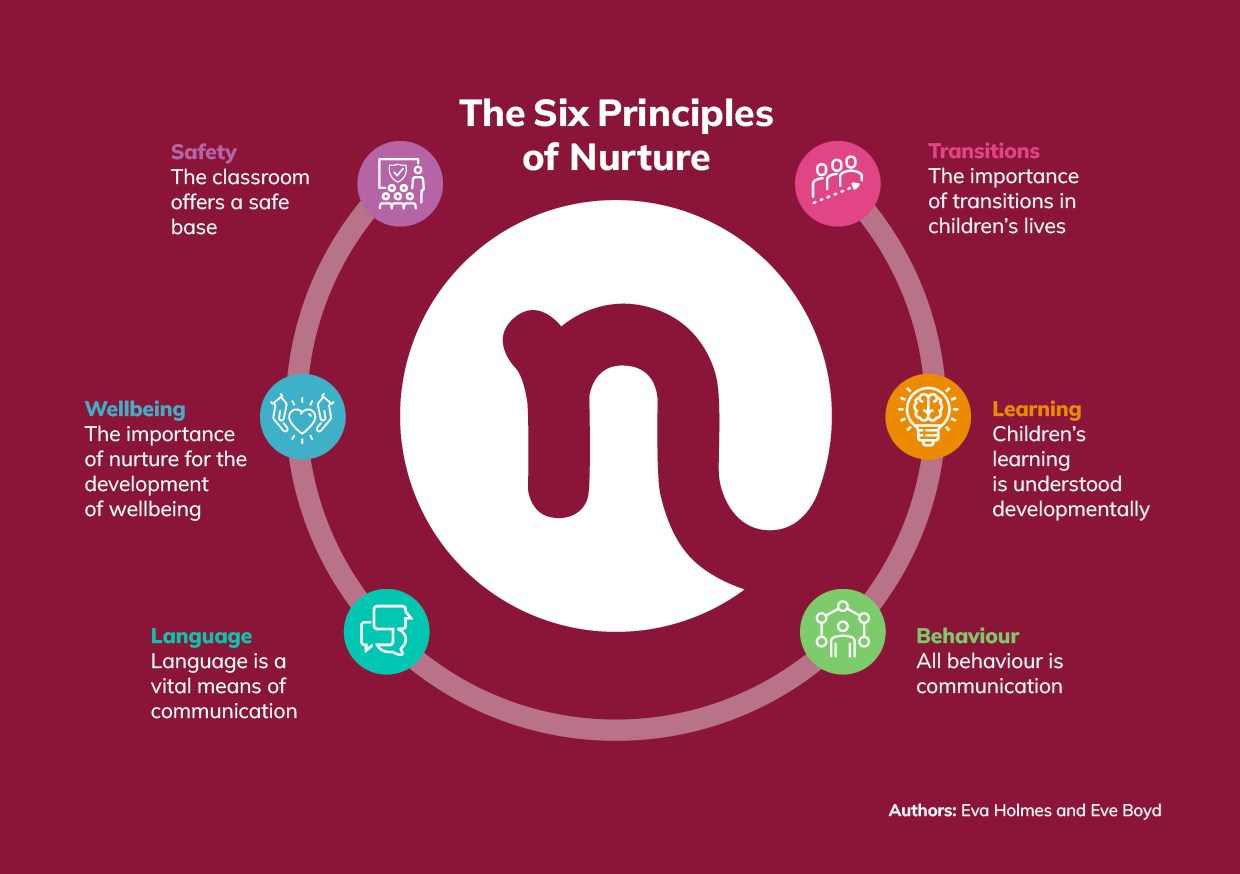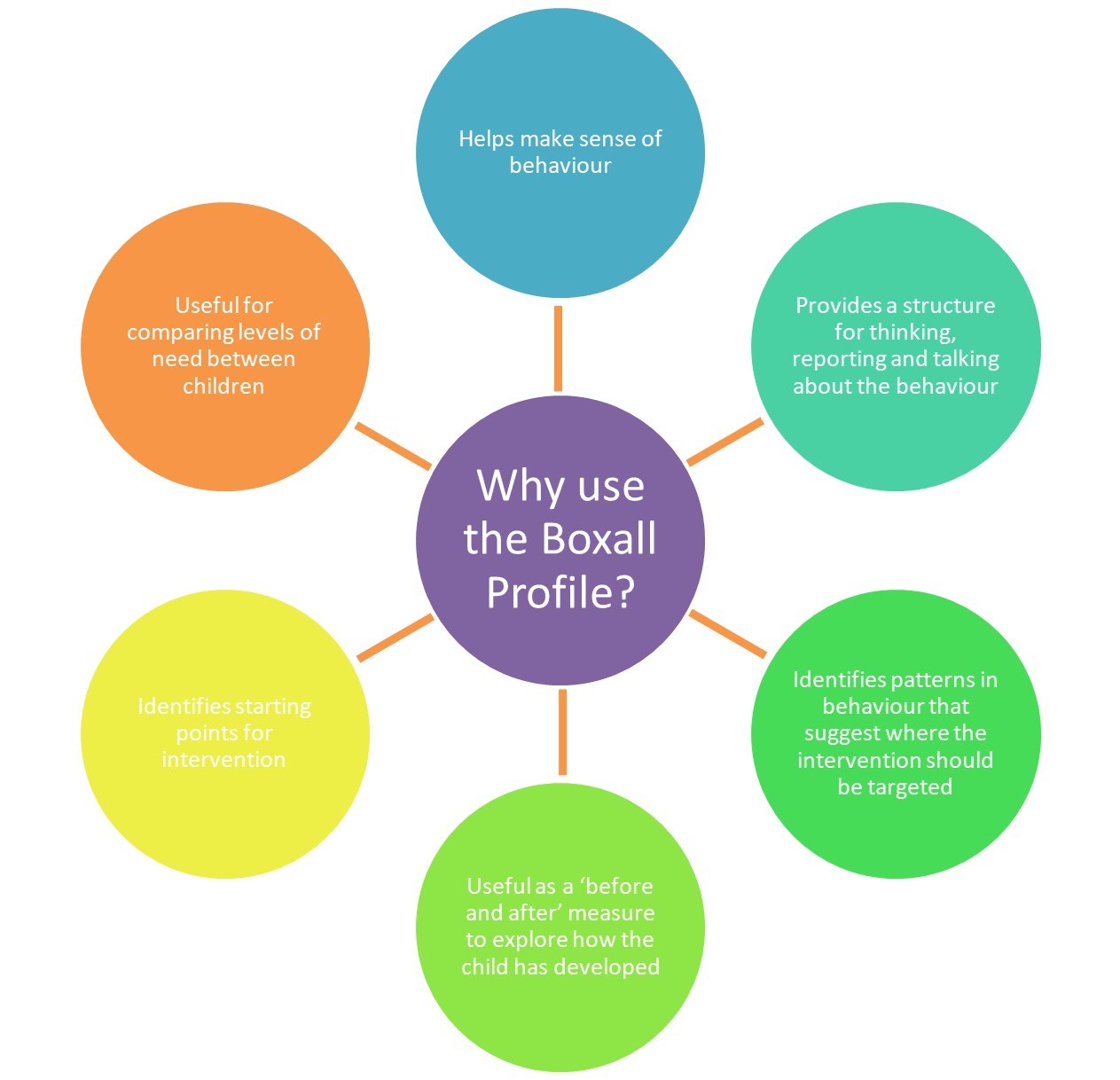Sometimes children need extra support to help them with their learning and growing into confident, emotionally secure and successful individuals. Nurture groups can help provide support for children, giving them the skills they need to do well at school, and deal more confidently and calmly with the trials and tribulations of everyday life
A nurture group is a specialized, small group in an educational setting designed to support children who may have social, emotional, or behavioral difficulties. The aim of nurture groups is to help children who struggle in a mainstream classroom environment by offering personalized care and attention in a smaller, more structured setting. The focus is on providing a safe and supportive environment where children can develop social skills, emotional regulation, and self-confidence. They are founded on evidence-based practices and offer, inclusive, targeted intervention. Nurture groups address the social, emotional and learning needs of individual pupils by providing the necessary help to remove the barriers to learning.
Nurture groups are psychosocial interventions based on Attachment Theory, the focus being on supporting students to form attachments to loving and caring adults at school. Pupils are immersed in an accepting and warm environment, nothing is taken for granted and everything is explained, supported by role modelling, demonstration and the use of gesture as appropriate. The relationship between the two staff, always nurturing and supportive, provides a role model that children observe and begin to copy. There is great emphasis on emotional literacy, social learning, language development and communication.
Staff supporting nurture groups work with children to develop small, attainable learning targets which can be built upon. The experience of being able to achieve a target and receive praise for this, helps to enhance children's confidence and self-esteem.












